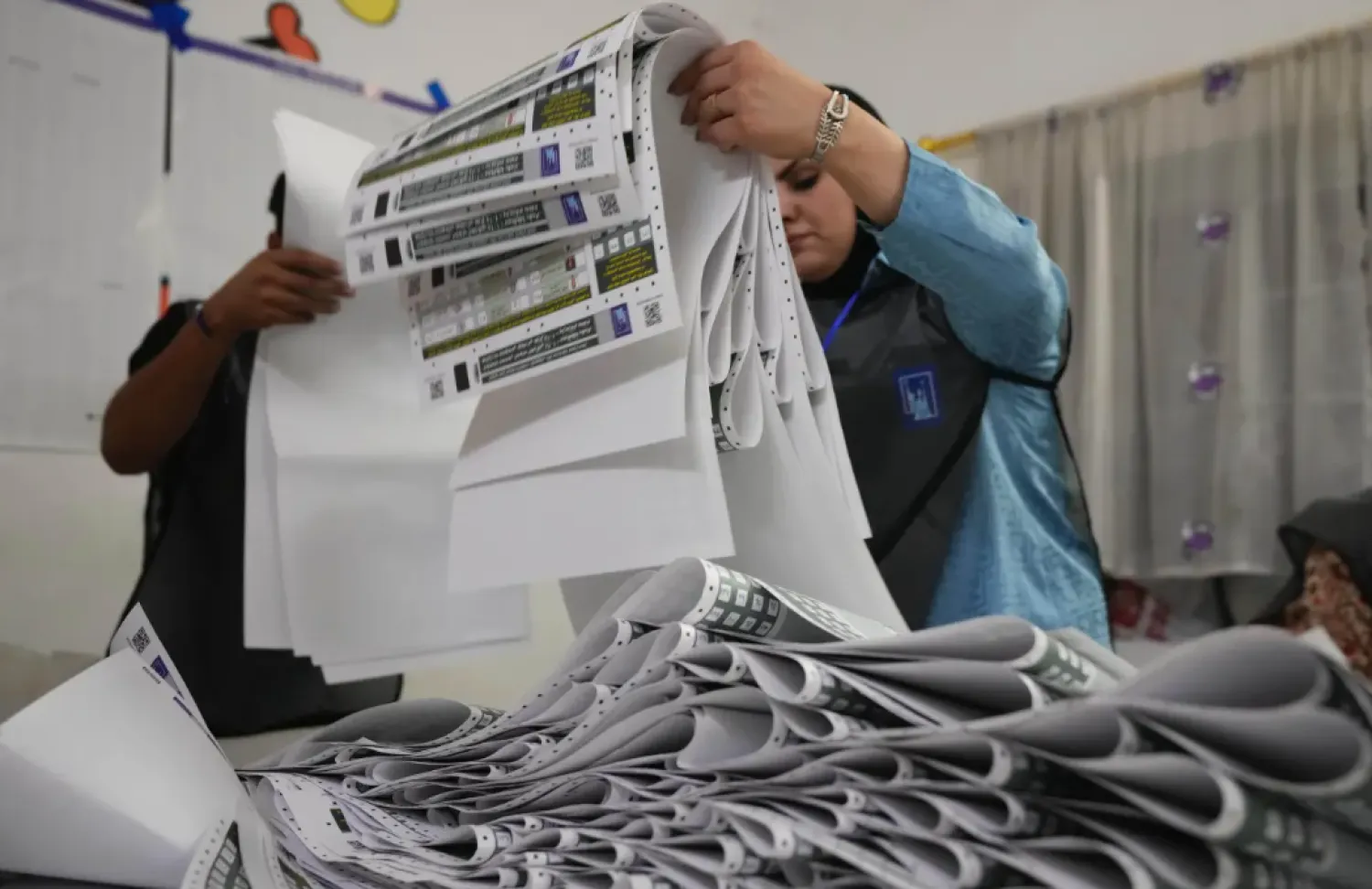Iraq officially ended on Saturday its anti-government protests in wake of the mounting concerns over the spread of the new coronavirus. The movement, which had erupted some five months ago, demanded the overthrow of a political class seen as corrupt and serving foreign powers while many Iraqis languish in poverty without jobs, healthcare or education.
On Saturday, the remaining protesters in Baghdad’s Tahrir Square and across the country’s southern and central regions announced they would be returning to their homes until the coronavirus threat abated. They vowed to return to the streets if the political forces and government fail to meet their demands.
The union of Dhi Qar students said in a statement that they were suspending rallies in compliance with the guidelines and recommendations of the health ministry and crisis cell in wake of the virus outbreak. They said they would bar any rallies in Dhi Qar’s al-Haboubi Square to avert the spread of the virus.
The protests, which broke out in Baghdad in October, had spread to nine provinces in the country. They created a major shock among political forces and the government, ultimately leading to Adel Abdul Mahdi to resign as prime minister in late November.
The rallies mainly took place in predominantly Shiite provinces. The Kurdish provinces of Erbil, Sulaymaniyah and Duhok and Sunni provinces of Nineveh, Salaheddine and al-Anbar largely kept away from the protests.
The demonstrations came at a cost. Some 28,000 protesters were wounded and 700 killed as authorities sought to stifle them with excessive force, drawing widespread local and international condemnation. The government could not identify the killers, prompting the defense minister in mid-November to accuse a “third party” of murdering and using snipers against the protesters.
The authorities’ seeming inability to uncover the instigators of the violence prompted, in turn, the protesters to point fingers at pro-Iran factions and militias. Anger boiled over in Najaf and Karbala where the protesters set fire to the Iranian consulates there. Many of protesters had expressed their grievances over foreign, especially Iranian, meddling in Iraq’s internal affairs. As the demonstrations dragged on, the protesters also attacked the headquarters of parties and armed factions.
Their demands also increased. On top of rallying against corruption and demanding more job opportunities, they also called for holding the murderers of protesters to account. They also called for early elections and a new electoral law.
Even though the protest movement was forced to come to an abrupt halt due to the coronavirus, many activists see this as an opportunity to review and fix mistakes, in hopes that the movement would be revived. In the meantime, newly-appointed Prime Minister Adnan al-Zurfi has the opportunity to meet the protesters’ demands should his government win confidence.









